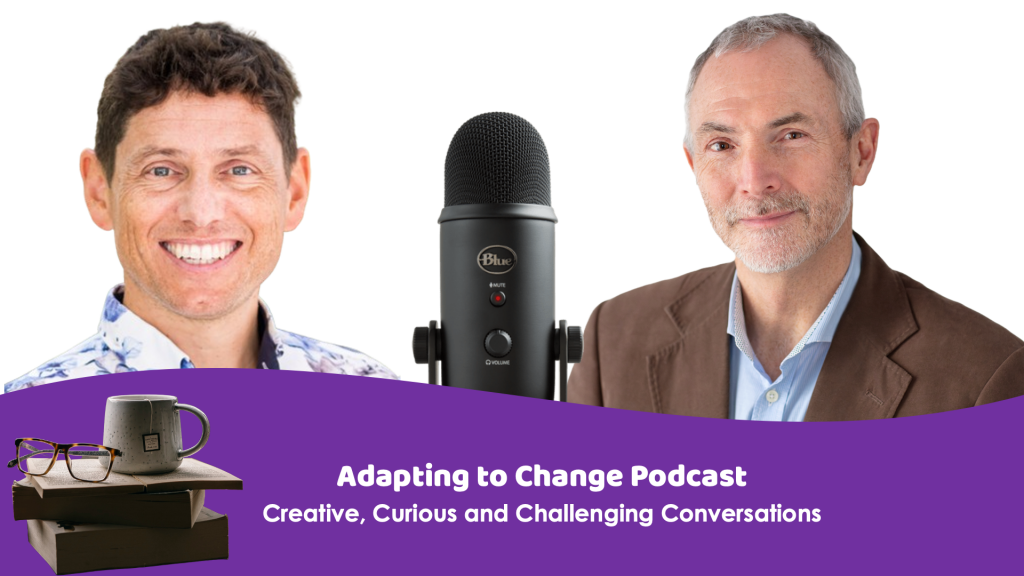Exploring the Impact of Linguistic Diversity on AI: A Singaporean Perspective
Inspired by Tim F Nash and substantially the topic of a podcast we aim to release 11 July 2024 and release soon.

In the realm of artificial intelligence, language plays a pivotal role. Since the launch of ChatGPT and similar AI technologies, we’ve come to understand that large language models (LLMs) are the backbone of these advancements. These models, by their very nature, are constructed from vast amounts of written text, encompassing a wide historical and cultural spectrum. However, this presents an intriguing question: how does the linguistic and cultural diversity of the data influence AI’s development and application?
Consider the distinct historical and cultural narratives of China, Russia, and the UK. Each has its unique perspective on thinking, feeling, and being, which is reflected in their literature and historical records. Language is more than just a communication tool; it is a lens through which we perceive and process the world. Thus, the large language models built on these corpuses inherently carry these diverse perceptions and biases.
The current landscape of AI development is heavily dominated by English—specifically a young, West Coast, American English—and Mandarin. This concentration creates a narrow perspective that risks marginalizing other languages, nuances, and histories. It’s crucial to recognize that language shapes thought, and different languages offer different algorithms for processing our experiences. By limiting AI’s linguistic foundation to a few dominant languages, we potentially discard a wealth of alternative perspectives.
To mitigate this, we must embrace linguistic diversity in AI development. This is where Singapore stands out as a beacon of hope and innovation. Singapore is uniquely positioned with its multi-lingual society, officially recognizing four national languages from distinct language families: English, Mandarin, Malay, and Tamil. For nearly six decades, Singapore has consistently produced materials in all four languages, creating an unparalleled dataset for cross-linguistic analysis.
Projects like SEALION (South East Asian Languages In One Network) demonstrate Singapore’s commitment to multi-lingual AI. This initiative and others like it aim to harness the diverse linguistic heritage of Singapore to develop AI that can understand and process multiple languages effectively. This not only enhances the AI’s capability to serve local needs but also promotes a richer, more inclusive global perspective.
In Singapore, linguistic diversity is not just an academic concept but a lived reality. Singaporeans of all ethnic backgrounds consider the country’s multi-lingual heritage as their own. This shared linguistic wealth allows for a 360-degree view of any issue, enabling more nuanced and multifaceted insights and responses.
As we stand on the brink of the AI era, it is imperative to leverage Singapore’s unique linguistic advantage. By doing so, we can demonstrate the true potential of AI to embrace and reflect the richness of human diversity. The time has come for Singapore to lead the way in showing how linguistic diversity can enhance AI, ensuring that the technology we develop is as varied and vibrant as the world it aims to serve.
This perspective is not just a regional asset but a global imperative. In embracing and promoting linguistic diversity, we can create AI that not only mirrors the complexity of human thought and culture but also fosters a more inclusive and equitable technological future.
![AI LLM [Large Language Models] are also history models. Whose history is “True”?](https://thinkingfeelingbeing.com/wp-content/themes/bravada/resources/images/headers/mirrorlake.jpg)